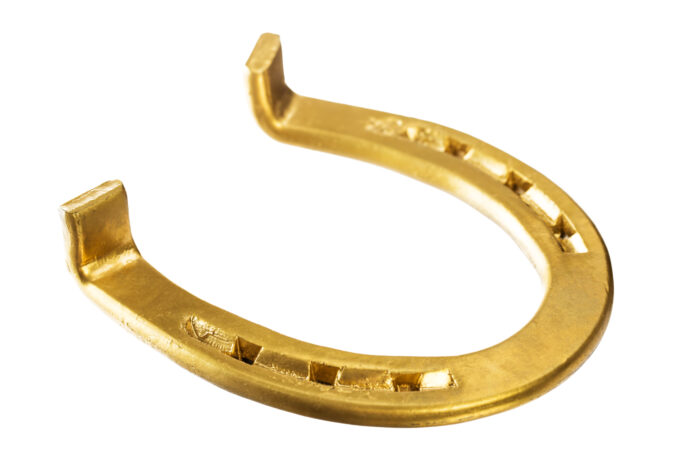A 3,000-year-old gold clasp was unearthed in Staffordshire, England by a man named Jonathan Needham while he was exploring his home county of Staffordshire using his metal detector. Immediately after finding this historical gem, Needham reported his discovery to the Derby Museum, where further research got underway.
Upon closer inspection of the clasp, museum researchers determined that was likely made in Ireland during the Late Bronze Age, which lasted from about 1000 B.C. until 800 B.C. Its primary use, the research team determined, was to fasten clothing.
“Straight away people said it was 3,000-year-old gold and at that point, we were able to celebrate,” Needham ecstaticly explained after reporting his discovery. “We were punching the roof at what we had found.”
The Portable Antiquities Scheme, which is a collaboration between The British Museum and the National Museum Wales, elaborated further on the gold clasp and its function, explaining that it consists of a “bow” that connects “skillfully raised cone-shaped terminals.” The organization assumed that this clasp was used to fasten a dress, skirt, or cloak of an important person with a high social status. Deeming it as one of the most important archaeological finds of the year, The British Museum announced its intention to add the clasp to its permanent collection.

